
About Andrew Cusack
 Writer, web designer, etc.; born in New York; educated in Argentina, Scotland, and South Africa; now based in London.
Writer, web designer, etc.; born in New York; educated in Argentina, Scotland, and South Africa; now based in London. read more
News
Blogs
Reviews & Periodicals
Arts & Design
World
France
Mitteleuropa
Knickerbockers
Argentina
The Levant
Africa
Cape of Good Hope
Netherlands
Scandinavia
Québec
India
Muscovy
Germany
Academica
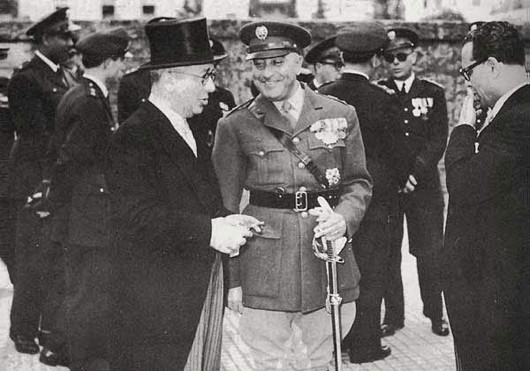
Les jours heureux du Liban
Being an omnivore of nations I’m not short of favourite countries, but the Lebanon is towards the top of my list. I’ve spent some weeks there each summer for the past few years and we’re hoping to return this July (God willing). Friday night B. invited a few of us round for an impromptu supper and in the kitchen I happened to mention that I had met his ambassador the day before — the Lebanese ambassador.
This provoked a lament on B’s part as he relayed the history of his family’s service in the diplomatic corps and of Lebanon in the old days: black-tie dinners, summer in the mountains, the casinos and the glamour of the Beirut he was born too late to experience.
It’s become a cliché for foreigners to cite Beirut’s former glory as ‘the Paris of the Orient’ and Lebanon ‘the Switzerland of the Middle East’. Civil war wreaked its devastation on the country but its revival in more recent years has still been remarkable. Everything, of course, is exceptionally tenuous, but despite the clouds of uncertainty there remains a lot for which to be grateful.
We both wished, however, that today’s ordinary culture in Lebanon was a bit more informed by the style of the past. While old buildings are often restored, far too many of the new buildings are horrendously bland or offensively modern. Perhaps most unfortunately, a large proportion of Lebanon’s women — already endowed with a natural beauty unparalleled in the Middle East — are too mimicking of American styles: nosejobs and dyed blonde hair.
For my part, however, the conversation provoked a little dip into the photographic archives, seeking out some images of Lebanon in its halcyon days.
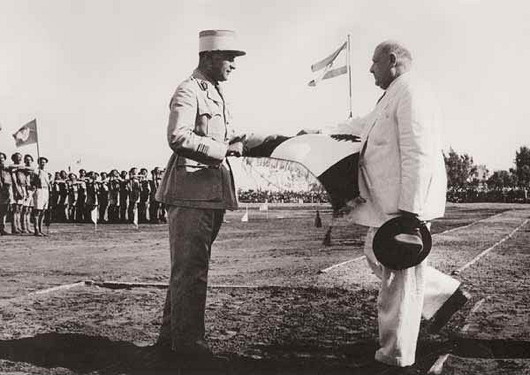
The topmost photo is M Hamid Frangieh with Gen Fouad Chehab. Meanwhile above Gen Chehab receives the standard of the nation from President Bechara el Khoury. Chehab later became president himself.
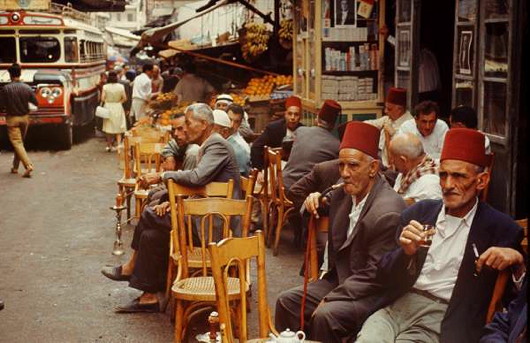
Men in tarbouches smoke hookahs and sip coffee in a Beirut café.
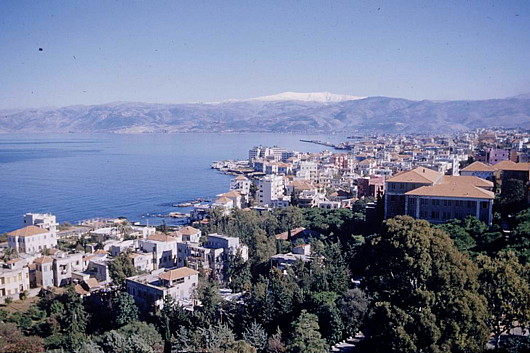
The view from the American University in the 1960s, looking out towards Saint George’s Bay.
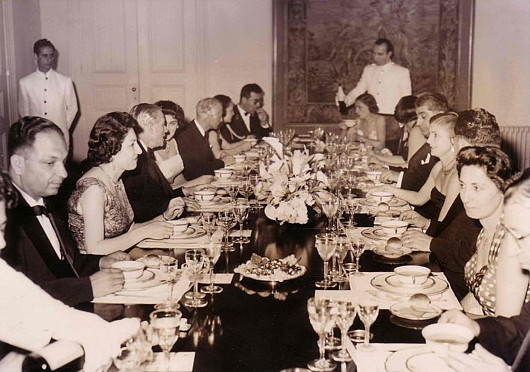
A dinner at the Presidential Palace.
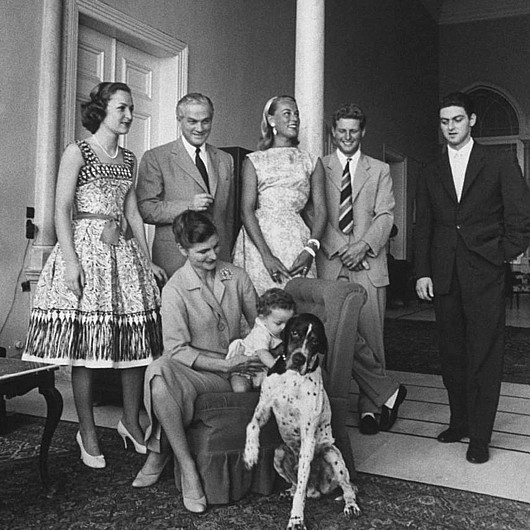
President Camille Chamoun and his family.
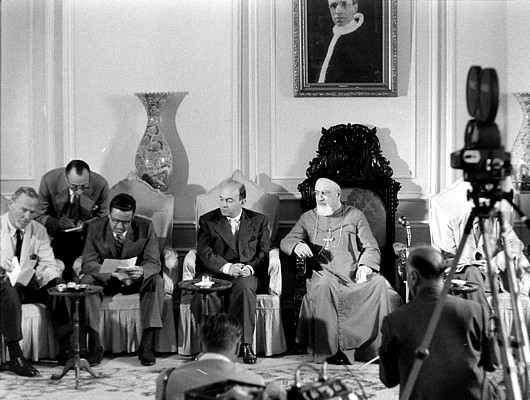
The Maronite Catholic Patriarch of Antioch and All the East (later Cardinal Meouchi) gives a press conference.
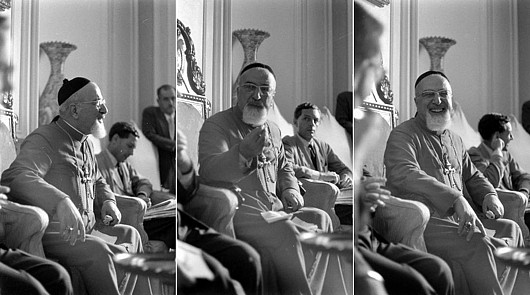
Below: A picnic overlooking the harbour of Byblos (Jbeil), a beautiful port first settled 9,000 years ago.
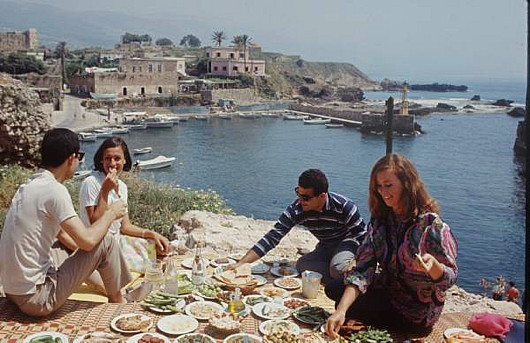
Search
Instagram: @andcusack
Click here for my Instagram photos.Most Recent Posts
- Silver Jubilee November 21, 2024
- Articles of Note: 11 November 2024 November 11, 2024
- Why do you read? November 5, 2024
- India November 4, 2024
- The Lithe Efficiency of the Old Constitution November 4, 2024
Most Recent Comments
Book Wishlist
Monthly Archives
Categories



Love this! How sad for Lebanon.
Thanks for the nostalgic article and the wonderful photos … especially the one of the picnic which reminds me of a couple of wonderful experiences with Lebanese cuisine, albeit not in the country itself. There is a large Lebanese community in Sydney, Australia as you might know, and to go to one of the most enormous Lebanese sweet shops like Abla Patisserie on the New Canterbury Road in Dulwich Hill was a must when visiting friends in Summer Hill. (Be stunned at the spread on ‘Not quite Nigella’: http://www.notquitenigella.com/2008/12/14/abla-patisserie-dulwich-hill/ ).
Closer to home for me these days, particularly when I lived in the Oud Zuid district of Amsterdam was the Restaurant Cedars on the Heemstedestraat along the banks of the Westlandgracht.
I miss all this now that I am sequestered out in the platteland of Limburgië. Hey ho.
What a beautiful place. I have never been there but know people who have experienced the Beirut of these photos, and from their telling, got an idea that it was quite a wonderful place. How sad that it has suffered so much from wars. I really hope peace will come back to Lebanon and it’s surroundings.
I remember visiting in Lebanon in 1958 when things were just starting to become unraveled as a teenager. It was then by far the most cosmopolitan city in the Middle East. It is a shame that it has had to go through over 50 years now of almost continuous strife and troubles.
Having grown up in the Middle East and known the Lebanon in the 1960s and ’70s, your words and pictures brought back many nostalgic memories. Thank you.